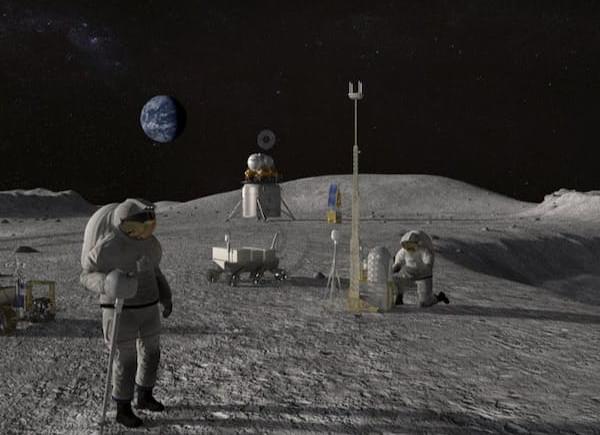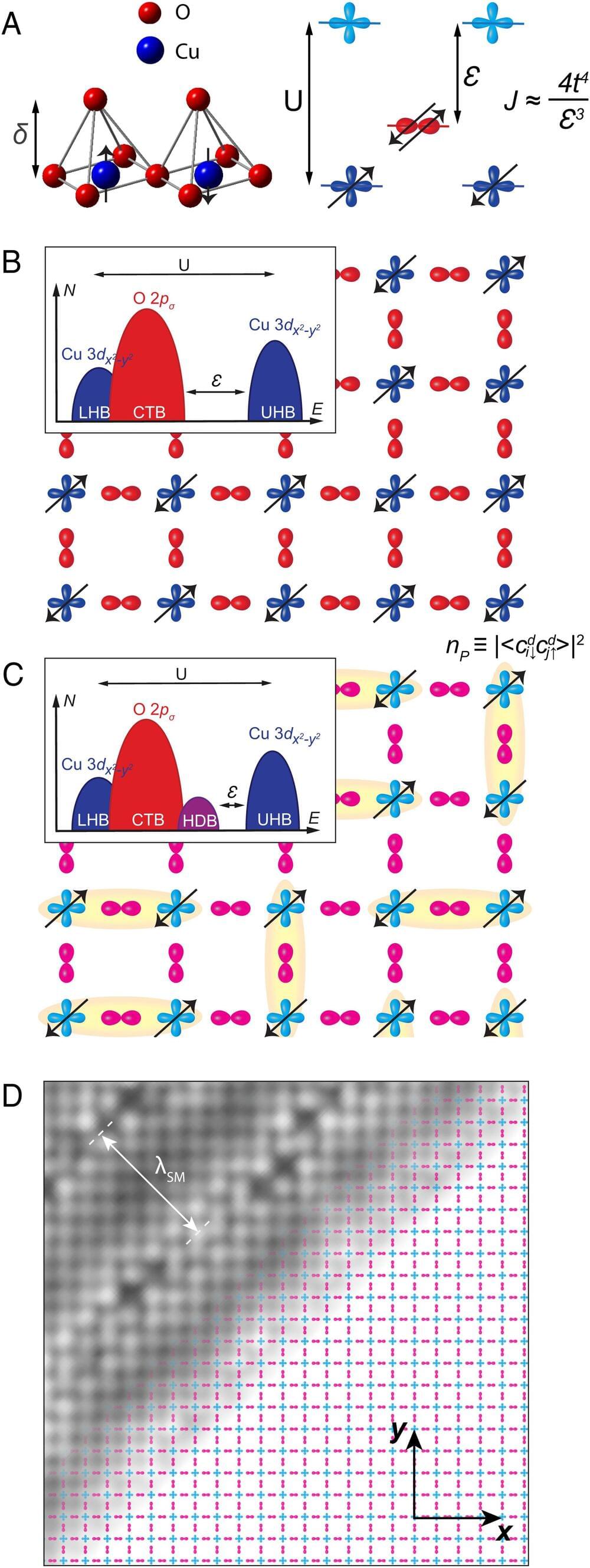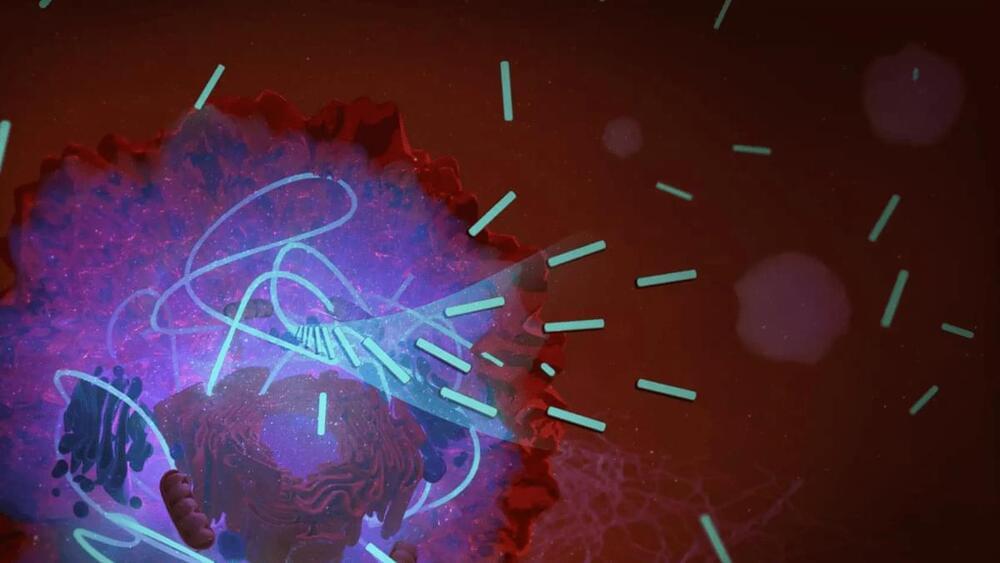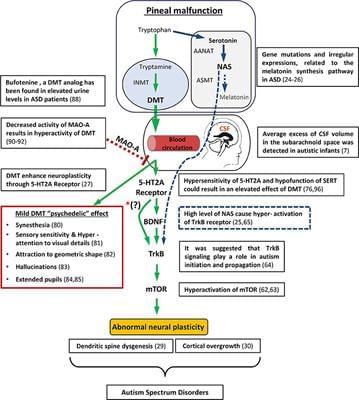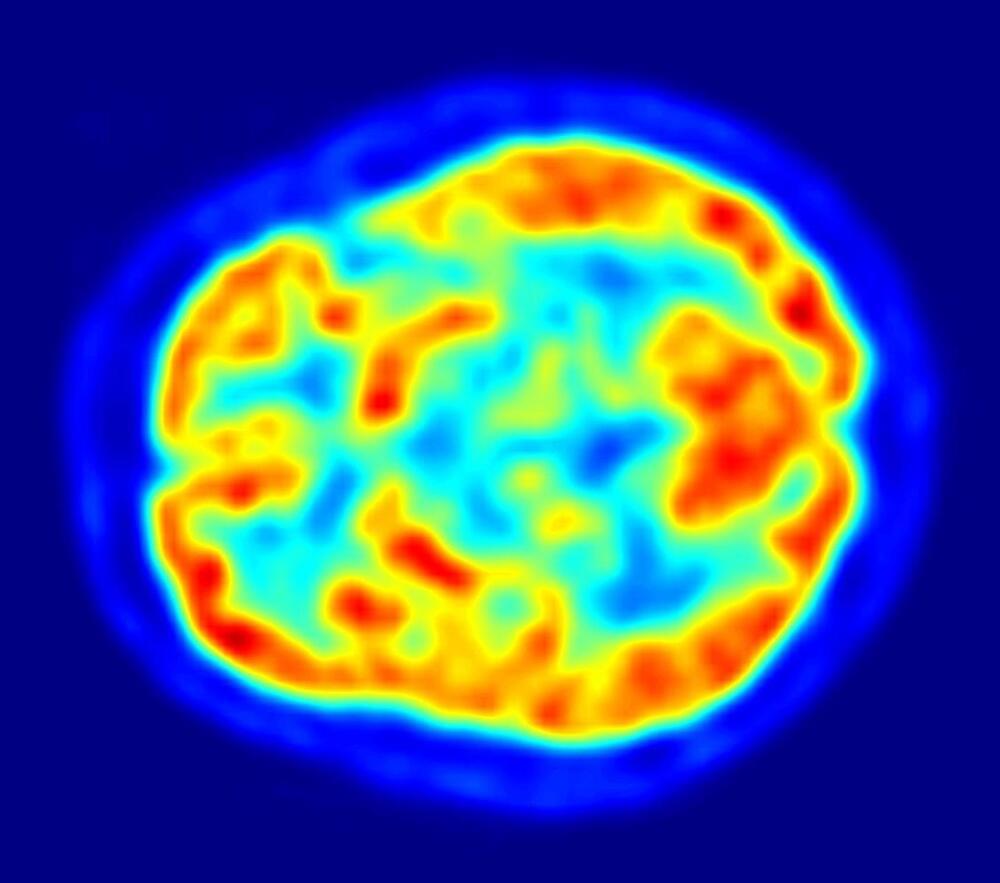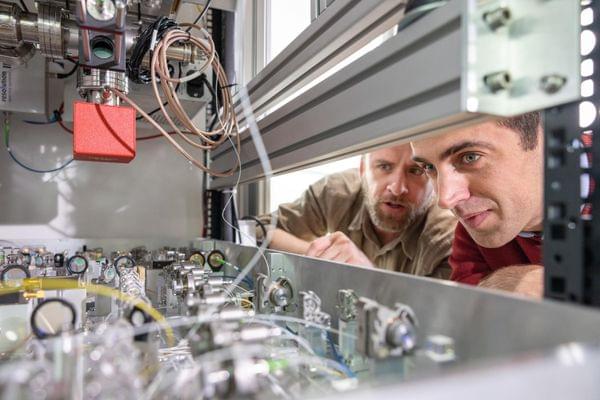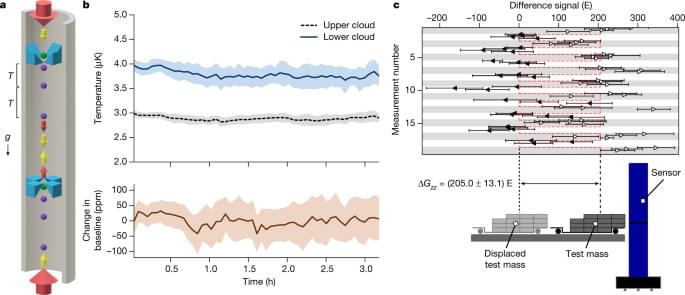Sep 12, 2022
NASA, Microchip, SiFive Announces Partnership for RISC-V Spaceflight Computing Platform
Posted by Wise Technology in categories: computing, space travel
NASA — National Aeronautics and Space Administration has tapped SiFive and Microchip Technology Inc. to create a space-centric RISC-V processor: the High-Performance Spaceflight Computing chip. At heart of the HPSC will be SiFive’s X280 64-bit RISC-V cores, which include ML acceleration capabilities.
Designed to replace existing systems still using a processor design from 1997, the RISC-V-powered chip will offer 100 times the performance.
